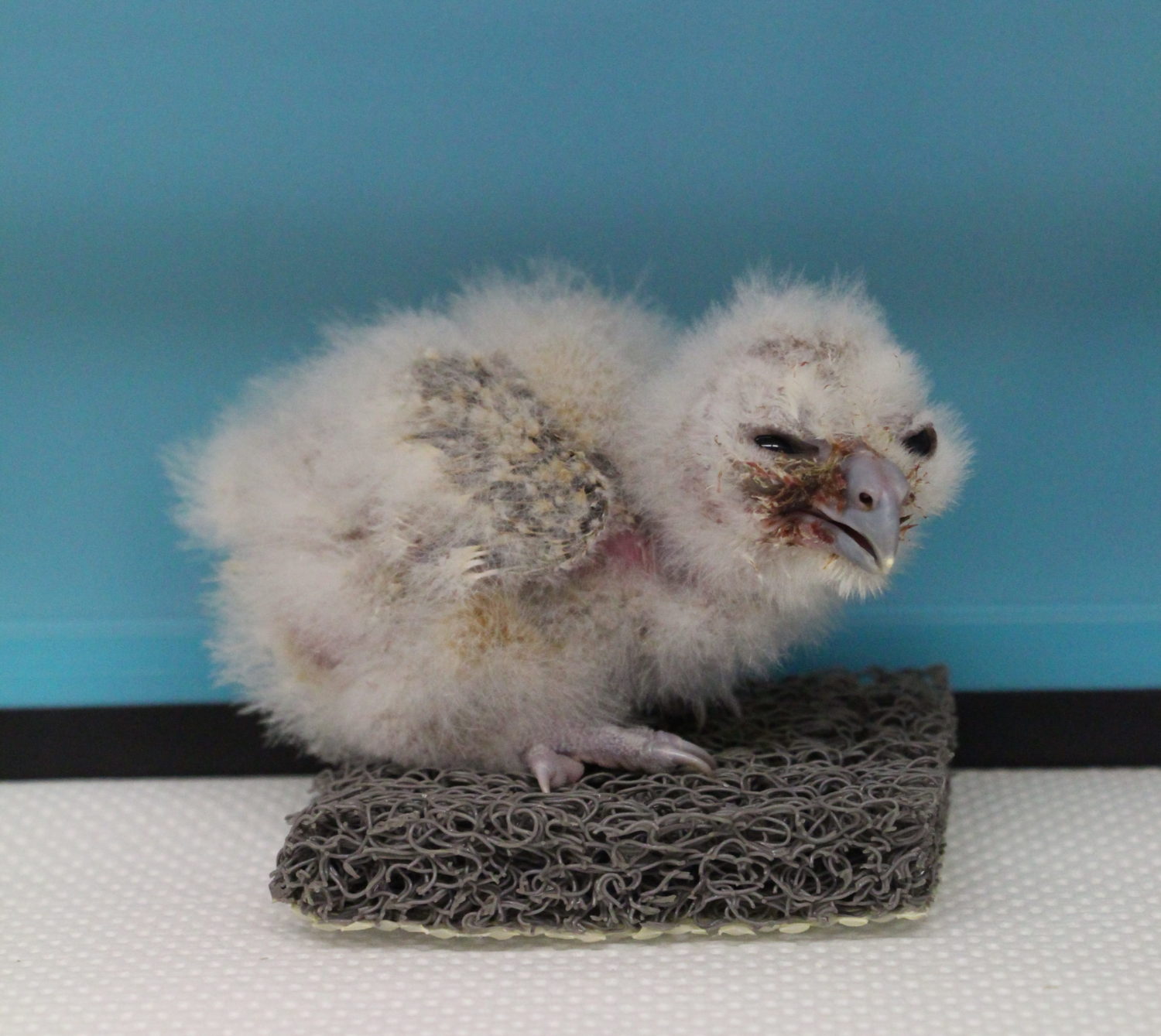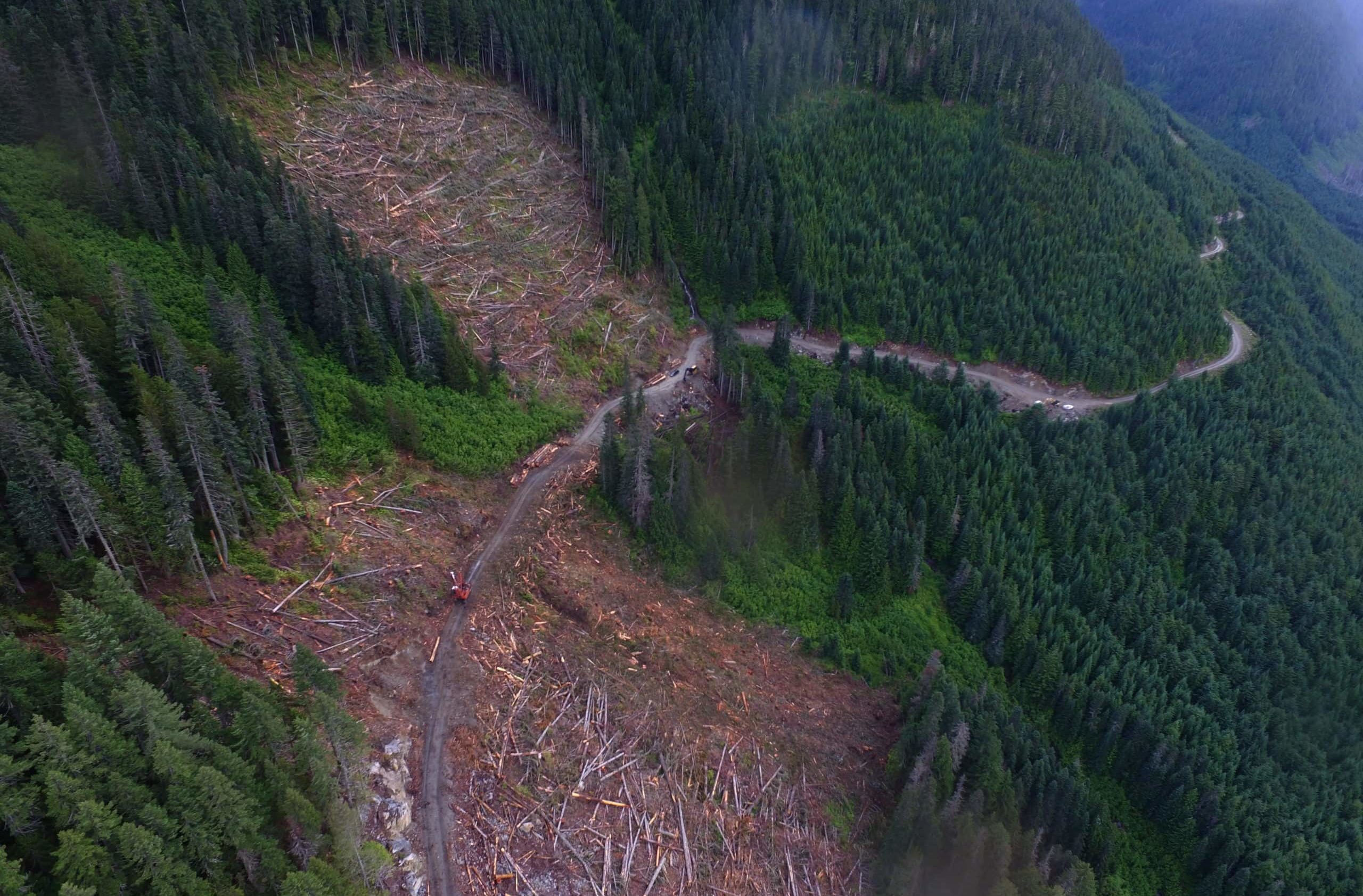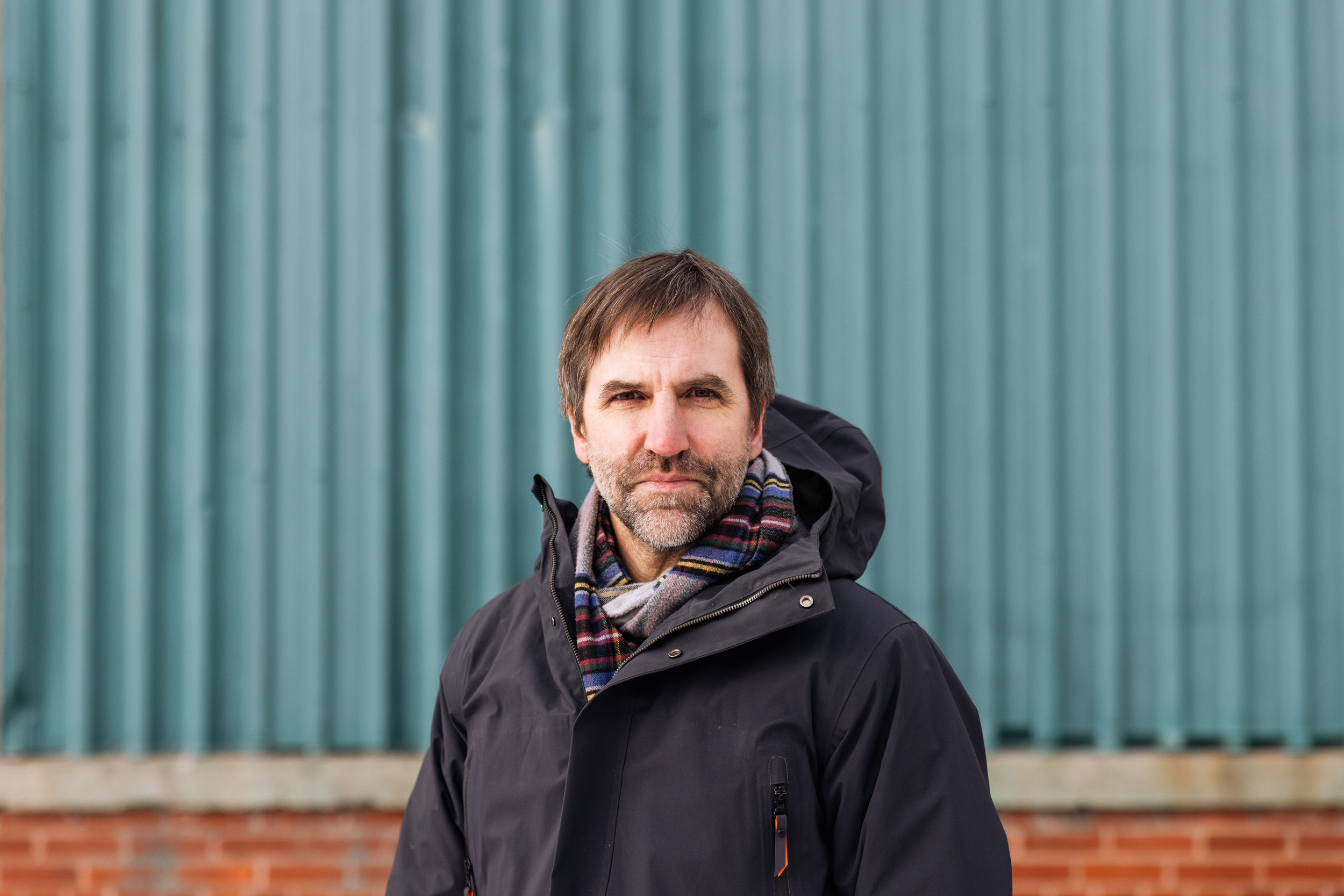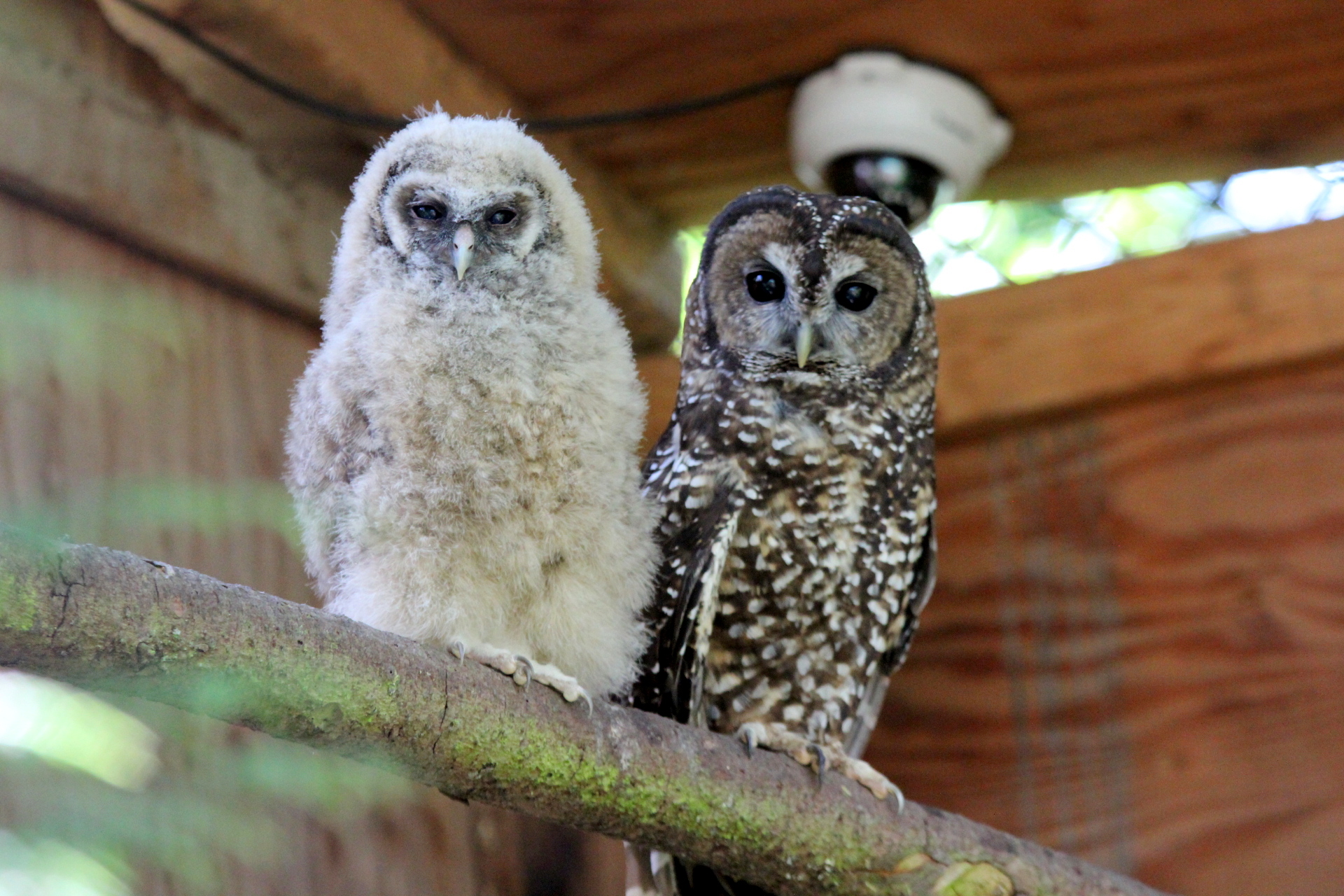
5 things to know about Winnipeg’s big sewage problem
115 billion litres, 70 years to fix, $5.5 billion in lawsuits
Federal environment Minister Steven Guilbeault is recommending cabinet issue a rare emergency order to protect the highly endangered northern spotted owl in B.C.
An emergency order would give Ottawa the power to step in and make decisions that normally fall to the province, such as whether to allow logging in the owl’s vanishing old-growth forest habitat in southwest B.C.
Daniel Wolfish, director general of the regional operations directorate for the Canadian Wildlife Service, shared the news this week in a letter to the environmental law charity Ecojustice, which represents the non-profit group Wilderness Committee. The committee has been trying to save spotted owls from Canadian extinction for more than a decade.
“To fulfill his obligations, the minister will be formally making the appropriate recommendation to the Governor in Council regarding an emergency order to protect the spotted owl from imminent threats to both its survival and recovery,” Wolfish wrote.
Only three spotted owls are left in B.C.’s wild, following decades of industrial logging in temperate rainforests where the raptor nests in old-growth trees and feeds primarily on flying squirrels and bushy-tailed woodrats.
Two hatched at the northern spotted owl breeding centre in Langley, B.C., and were released last August with little GPS backpacks. A third released owl was found injured and returned to captivity.
Canada’s last wild-born spotted owl, a female, lives in the Spuzzum Valley north of Hope. The female and her wild-born mate, who recently died of unknown causes, raised three chicks over two years. Biologists working for the B.C. government captured the juveniles and took them to the breeding centre, where about 30 spotted owls live in aviaries with nest boxes and are fed euthanized rats and mice.

An imminent threat assessment conducted by Guilbeault found any resumption of logging activities in spotted owl habitat in the Spuzzum Creek and nearby Uztlius Creek watersheds poses an imminent threat to the survival of the species. Under a little-used provision in Canada’s Species at Risk Act, Guilbeault is obliged to recommend an emergency order if he is of the opinion a species faces imminent threats to its survival or recovery.
Guilbeault also determined forestry and other land-clearing activities must be prevented in an additional 2,500 hectares of forest habitat critical to the spotted owl’s survival and at high risk of being logged within the next year.
That might include the Teapot Valley near the Fraser Canyon, where last year Wilderness Committee discovered four pending logging cutblocks. An additional 448 cutblocks overlapping fully or partially with spotted owl habitat had recently been approved by the B.C. government or were awaiting approval.

In his letter, Wolfish said the complete or partial logging in the 2,500 hectares, distributed over a patchwork of spotted owl habitat, would make achieving recovery objectives for the spotted owl highly unlikely.
“Although this area is relatively small compared with the overall size of spotted owl habitat in British Columbia, the impact of the loss of this habitat on the recovery of the species extends beyond the specific area where harvesting occurs,” he wrote.
Subject to cabinet agendas, Wolfish said the department anticipates a recommendation could be made early this year.
Last October, Guilbeault warned provinces and municipalities there will be no more tolerance for destruction of habitats containing endangered species, saying “the party is over.”
If cabinet approves Guilbeault’s recommendation, it will be only the third time in the 20-year history of Canada’s Species at Risk Act that an emergency order has been issued to protect an endangered species — and the first time in B.C. — after orders to protect the greater sage-grouse in Alberta and the western chorus frog in Quebec.
Spuzzum First Nation Chief James Hobart welcomed the minister’s recommendation, calling it “very exciting news.”
“I think that the province is in a spot where enough people understand that if we don’t take care of those last resources — our most incredible northern spotted owl and, along with that, the old- growth — it’s a sign of us really losing track of where we’re going,” Hobart told The Narwhal.
“These are messengers of the forest. And they’re telling us right now that we’re in trouble … I don’t know how many other chances we’re going to have to have messengers speak so loudly before they’re extinct.”
Spuzzum First Nation is calling for the province to halt all exploration and activity in areas that could potentially put duress on spotted owls. “It’s a really messed up situation that we find ourselves in,” Hobart said. “This is the adult thing to do and we need to do it.”
“It’s like we’re trying to somehow claw back what we’ve done, apologetically, to Mother Earth. And I guess I’m hoping that it’s not too late.”

The minister’s recommendation follows a petition Ecojustice filed in 2022 on behalf of Wilderness Committee, demanding the federal government step in and halt logging in all areas of spotted owl critical habitat after the B.C. government continued to approve new clearcuts.
In response, B.C. and Ottawa struck a deal to defer logging in the Spuzzum and Uztlius watersheds, as the first step in a bilateral nature agreement announced by the two governments. Aimed at strengthening conservation efforts in B.C., the nature agreement was to feature pilot projects deploying “new approaches to protecting species at risk and enhancing biodiversity,” starting with immediate action to support efforts to recover the spotted owl.
Two years later, the nature agreement has still not been finalized. “They weren’t stopping their logging while they were talking,” Hobart said. “And we said, ‘that’s wrong.’ ”
Last October, Guilbeault warned provinces and municipalities there will be no more tolerance for destruction of habitats containing endangered species, saying “the party is over.”
Ecojustice lawyer Rachel Gutman commended Guilbeault for recommending an emergency order.
“We now need the federal cabinet to step up and actually issue an emergency order that protects the species’ habitat from further destruction,” Gutman said in a statement.
Because spotted owls depend on old-growth, an emergency order will also help address biodiversity loss and climate change, Gutman noted.
Charlotte Dawe, conservation and policy campaigner for the Wilderness Committee, said the emergency order recommendation was 20-years late “but better late than never.” “This is only the first step in stopping the owls’ track towards extinction.”
“Just because there is one wild spotted owl left, it doesn’t mean it’s over for the owls in Canada,” Dawe said, pointing to the breeding centre population and far more robust northern spotted owl populations in Washington, Oregon and northern California.
“If we can restore their habitat and protect those forested areas that will become suitable habitat for the owls in the next five to 10 to 20 years, we can give them enough habitat to survive and thrive. So this is kind of a redemption story, the beginning of one. And if we do it right, we could definitely see spotted owls in the landscape again.”
Dawe noted a much-delayed federal recovery strategy for the owl was recently posted for public consultation. She said it contains “inadequate critical habitat maps that do not fully identify the actual habitat and corridors needed for the owls to survive and recover.”

Ecojustice, the Wilderness Committee and Spuzzum First Nation are asking the federal government to fully map all spotted owl critical habitat and ensure it is permanently protected. Dawe said Guilbeault’s ministry also needs to immediately release the imminent threat assessment and maps used to make the energy order recommendation “to allow the public to understand what habitat needs to be protected and why.”
Spotted owls are not a protected species in B.C. The province lacks stand-alone legislation to safeguard the owl and 1,340 other species at risk of extinction in the province. Another 1,037 species are at risk but have not yet been added to the growing list, in part because more information is needed.
The federal Species at Risk Act automatically protects imperilled species on federal land — a scant one per cent of B.C. With several exceptions — the federal government holds responsibility for fish, marine animals and migratory birds — the act only extends to provincial land if cabinet intervenes.
Guilbeault’s recommendation comes two months after Canada and almost 200 other countries signed a landmark global biodiversity agreement, pledging to halt biodiversity loss and to protect 30 percent of land and waters. Countries also committed to halt the human-induced extinction of known threatened species and to restore the abundance of native wild species to healthy and resilient levels.
Updated Feb. 24, 6:30 a.m. PT: A previous version of this story incorrectly stated that Wilderness Committee discovered 448 recently approved or planned cutblocks in the Teapot Valley overlapping fully or partially with spotted owl habitat. In fact, the committee discovered 448 cutblocks – recently approved or pending approval — that overlapped fully or partially with spotted owl habitat outside the Teapot Valley and an additional four pending cutblocks in the Teapot Valley.
Get the inside scoop on The Narwhal’s environment and climate reporting by signing up for our free newsletter. On a warm September evening nearly 15...
Continue reading
115 billion litres, 70 years to fix, $5.5 billion in lawsuits

Climate change, geopolitics and business opportunities power a blue economy

10 billion litres of sewage are dumped into Winnipeg’s lakes and rivers each year. Some...
